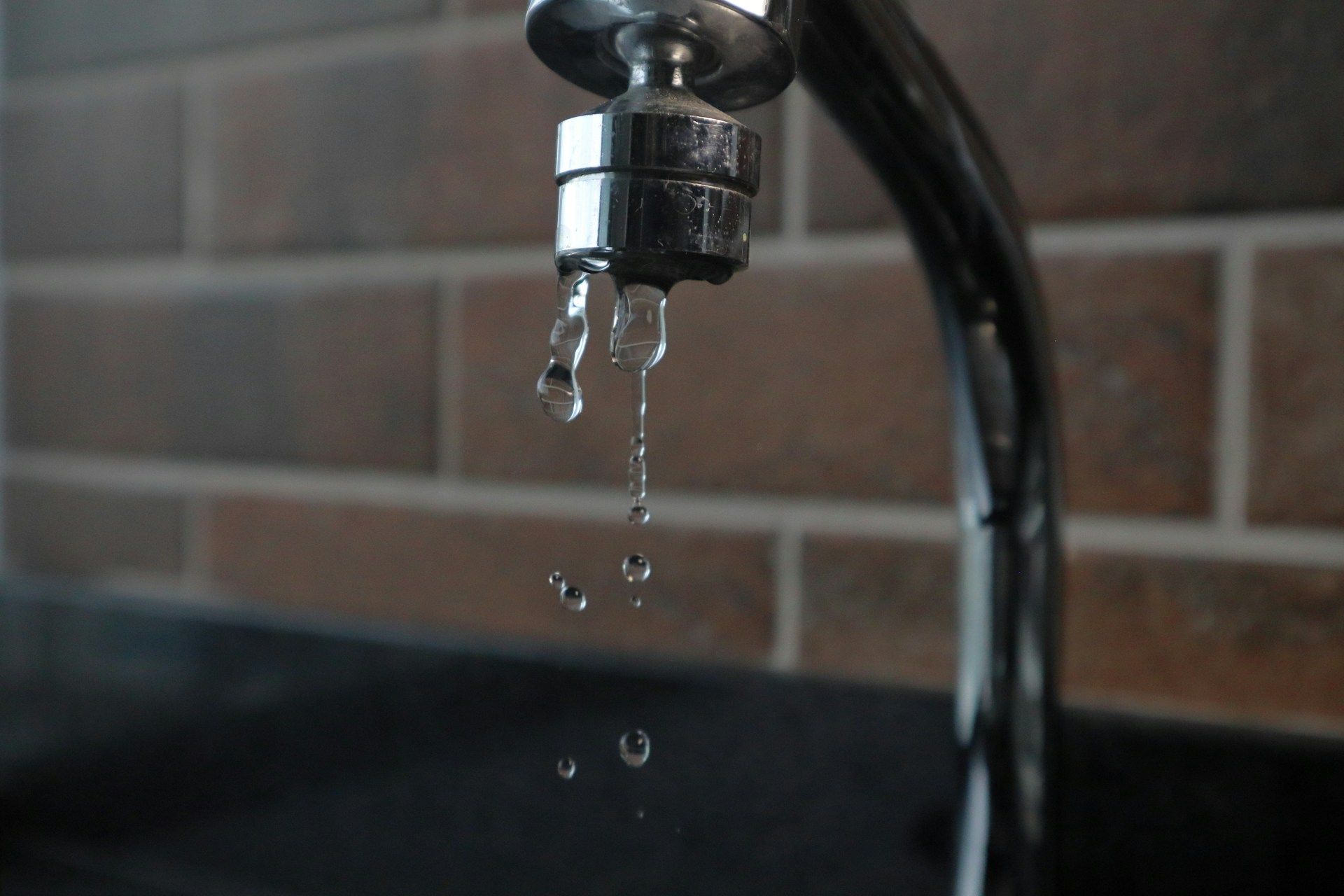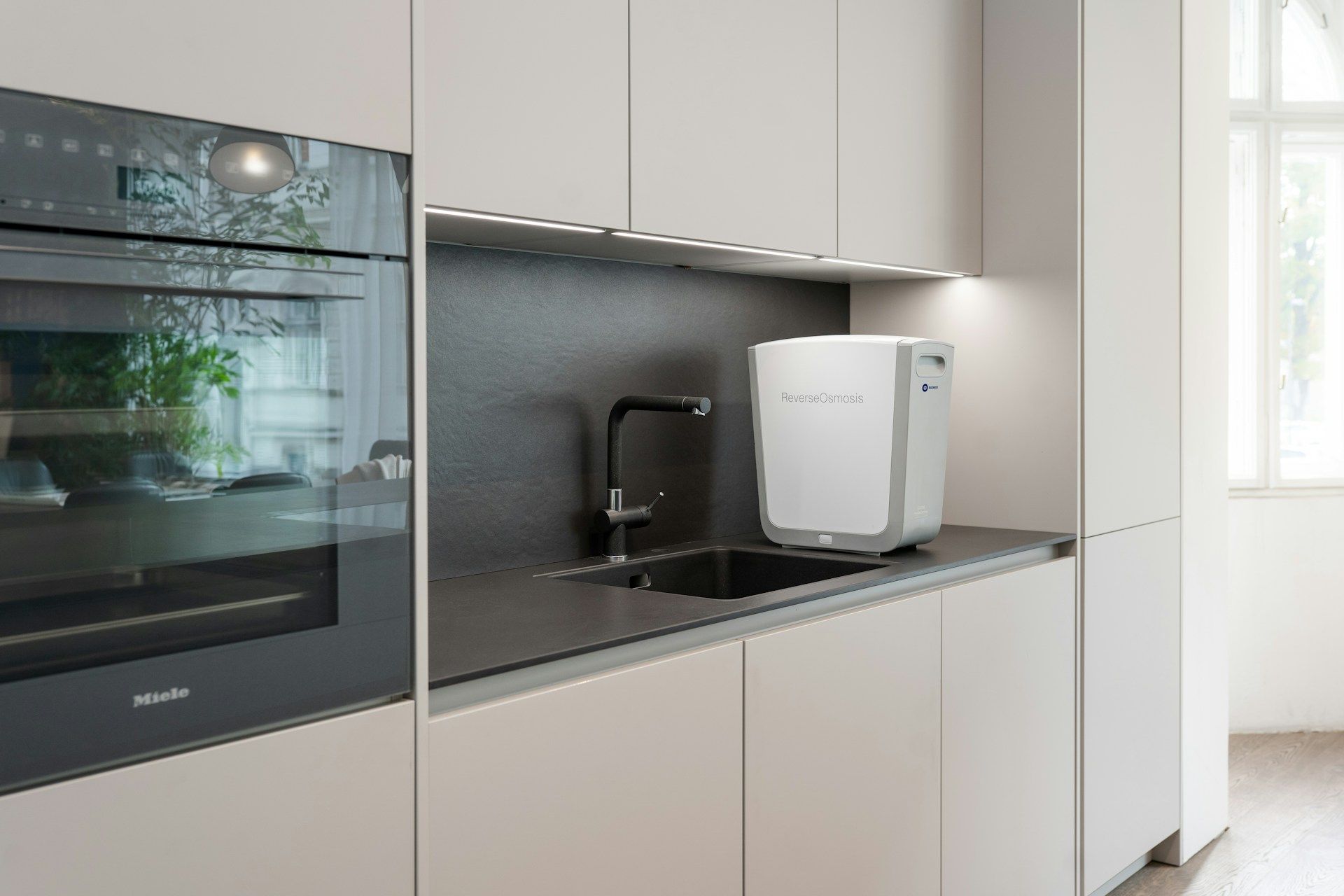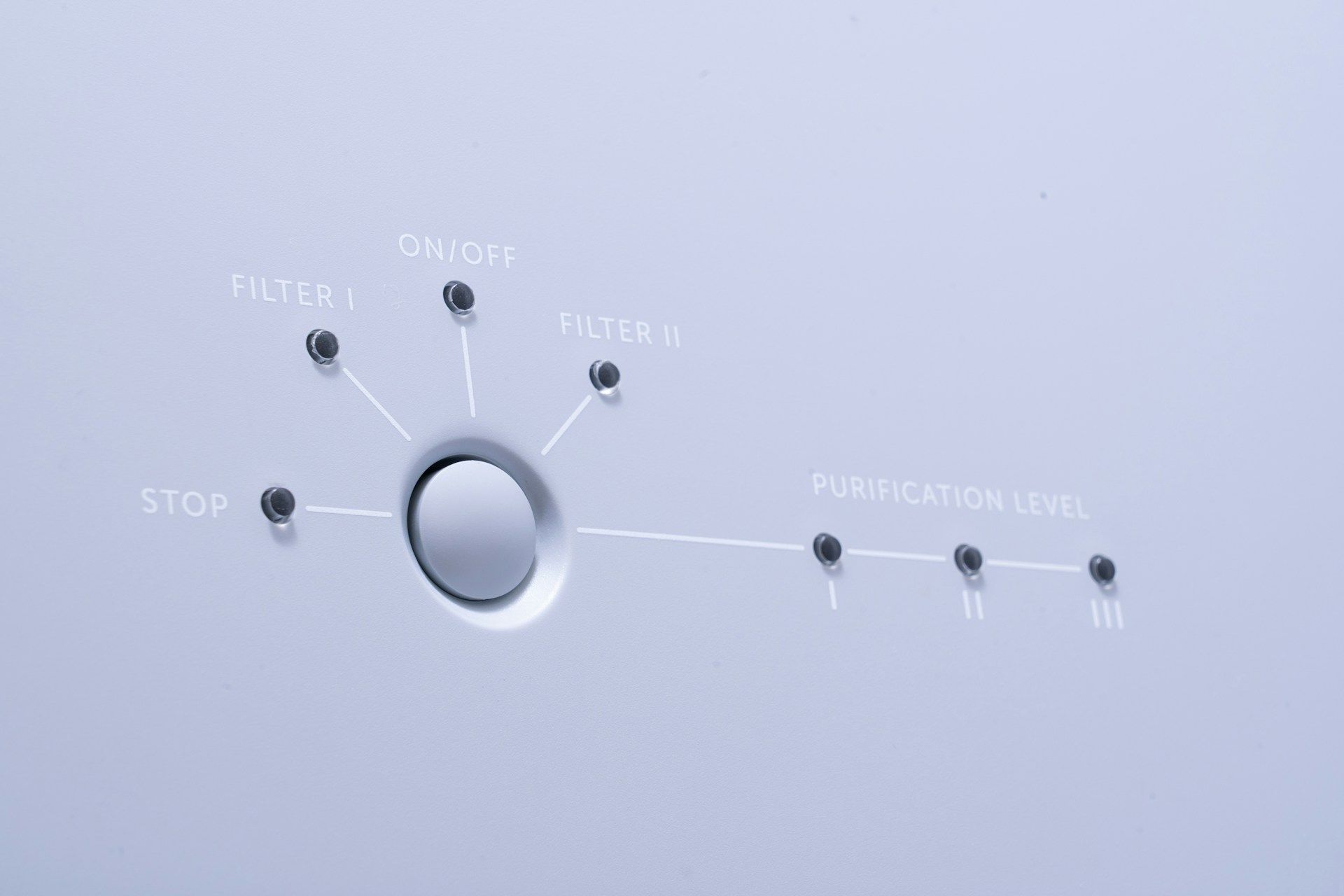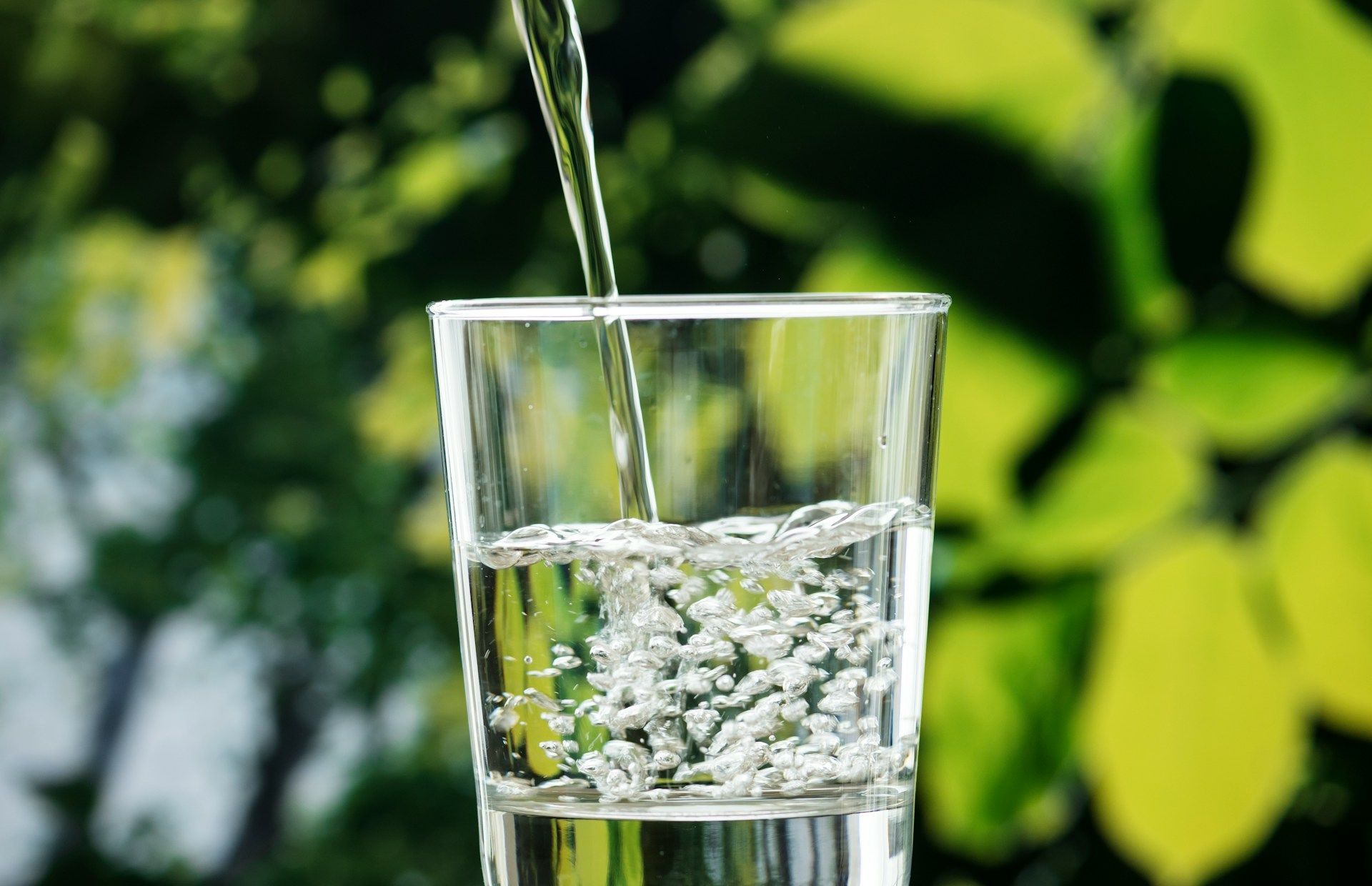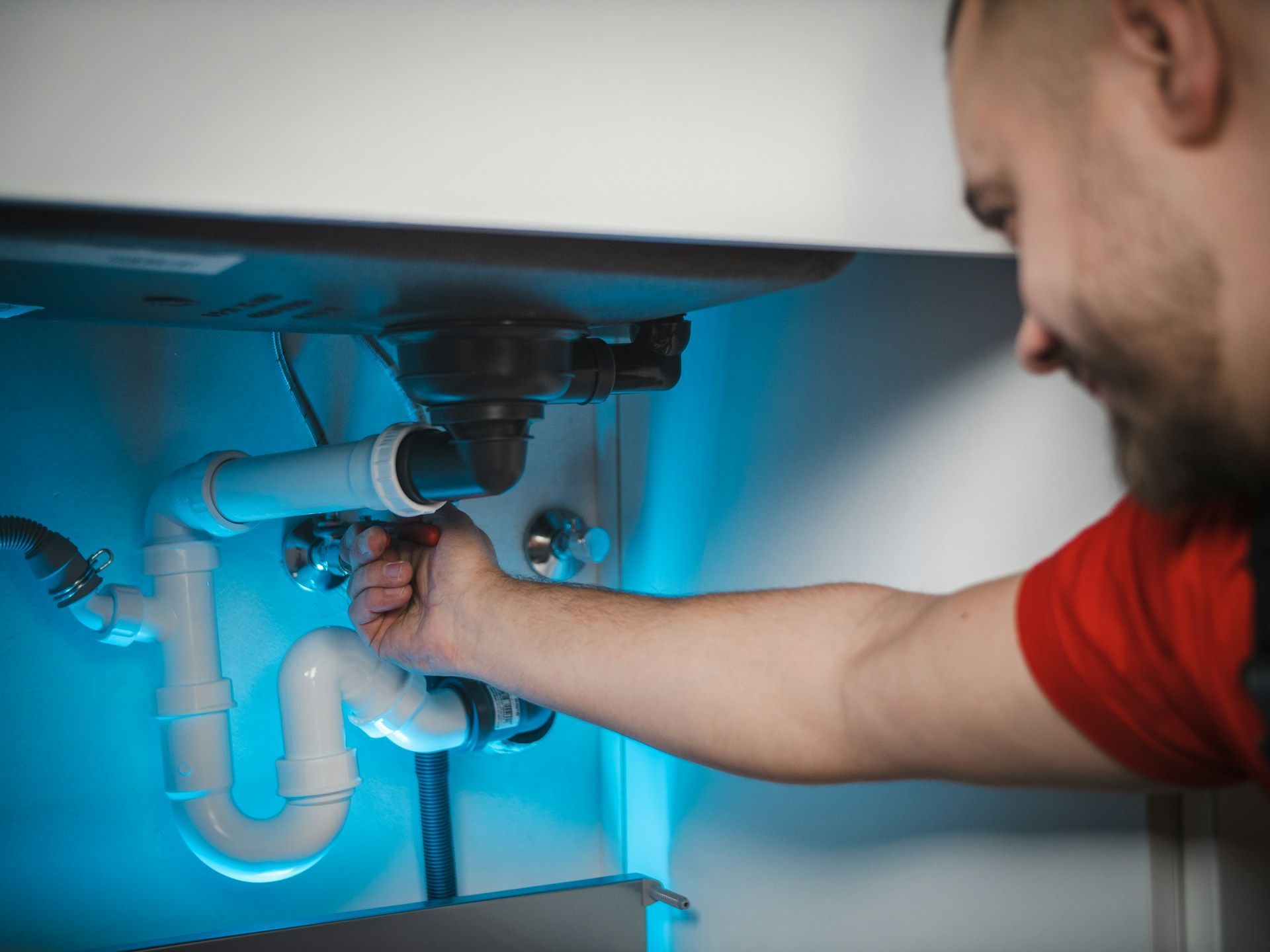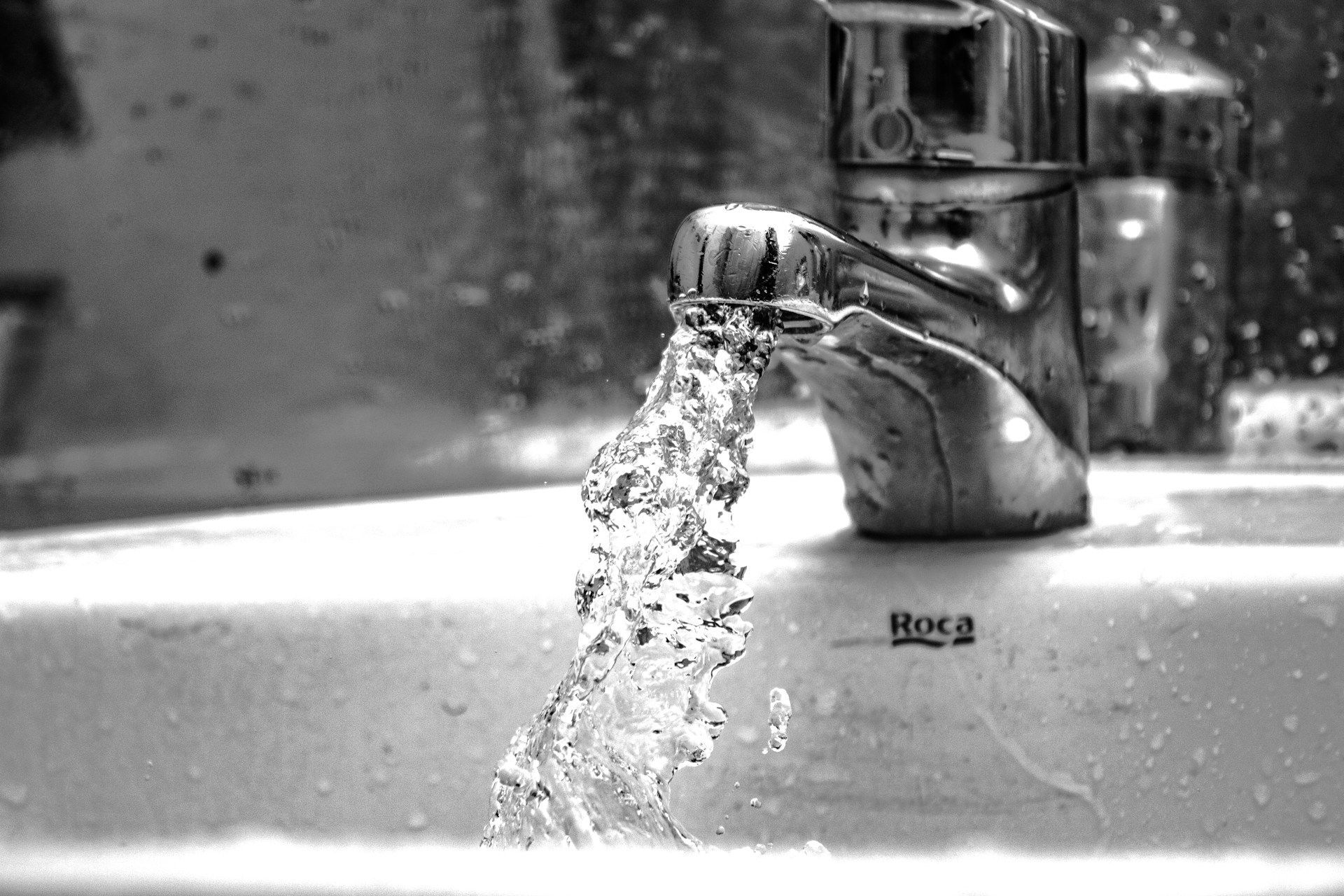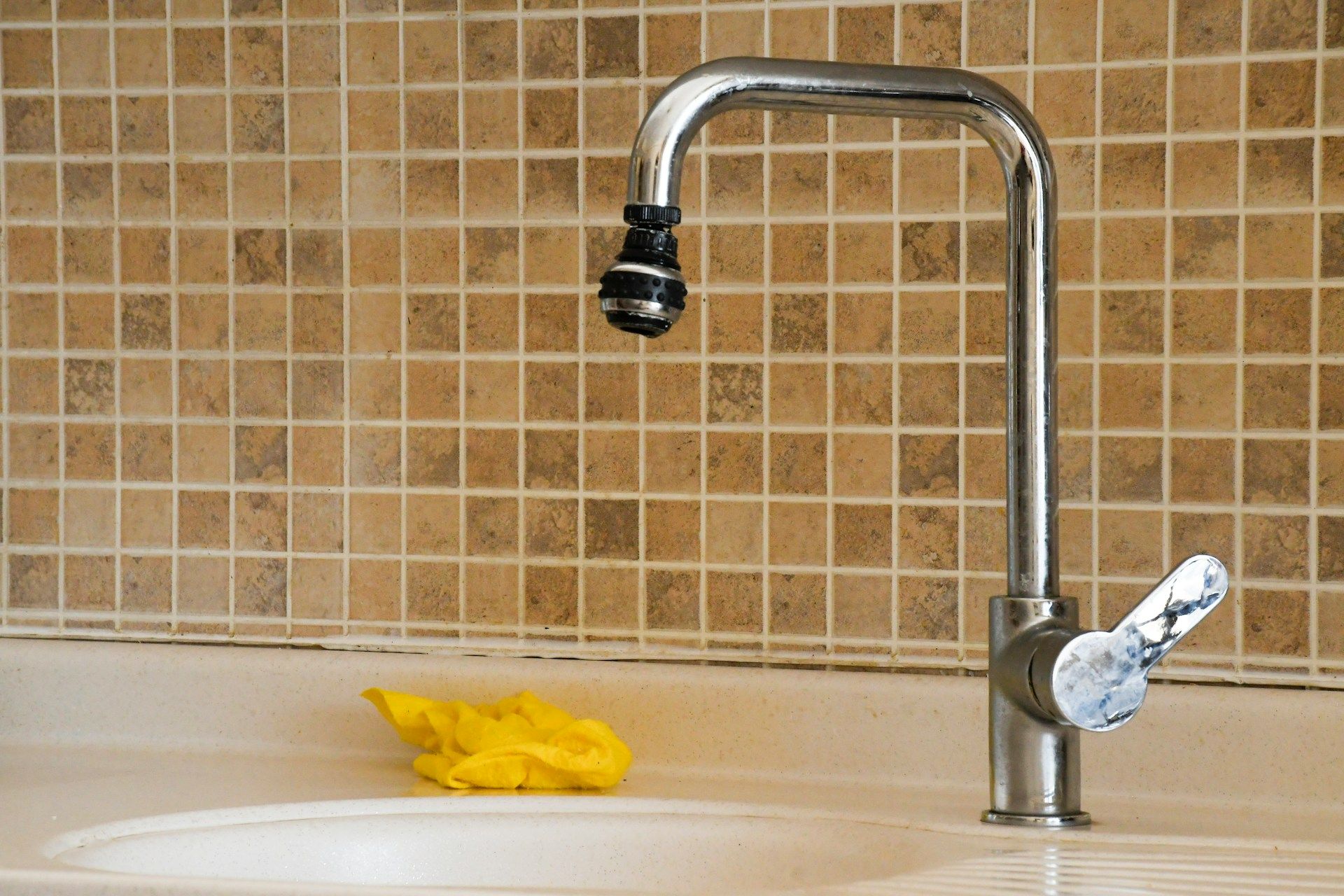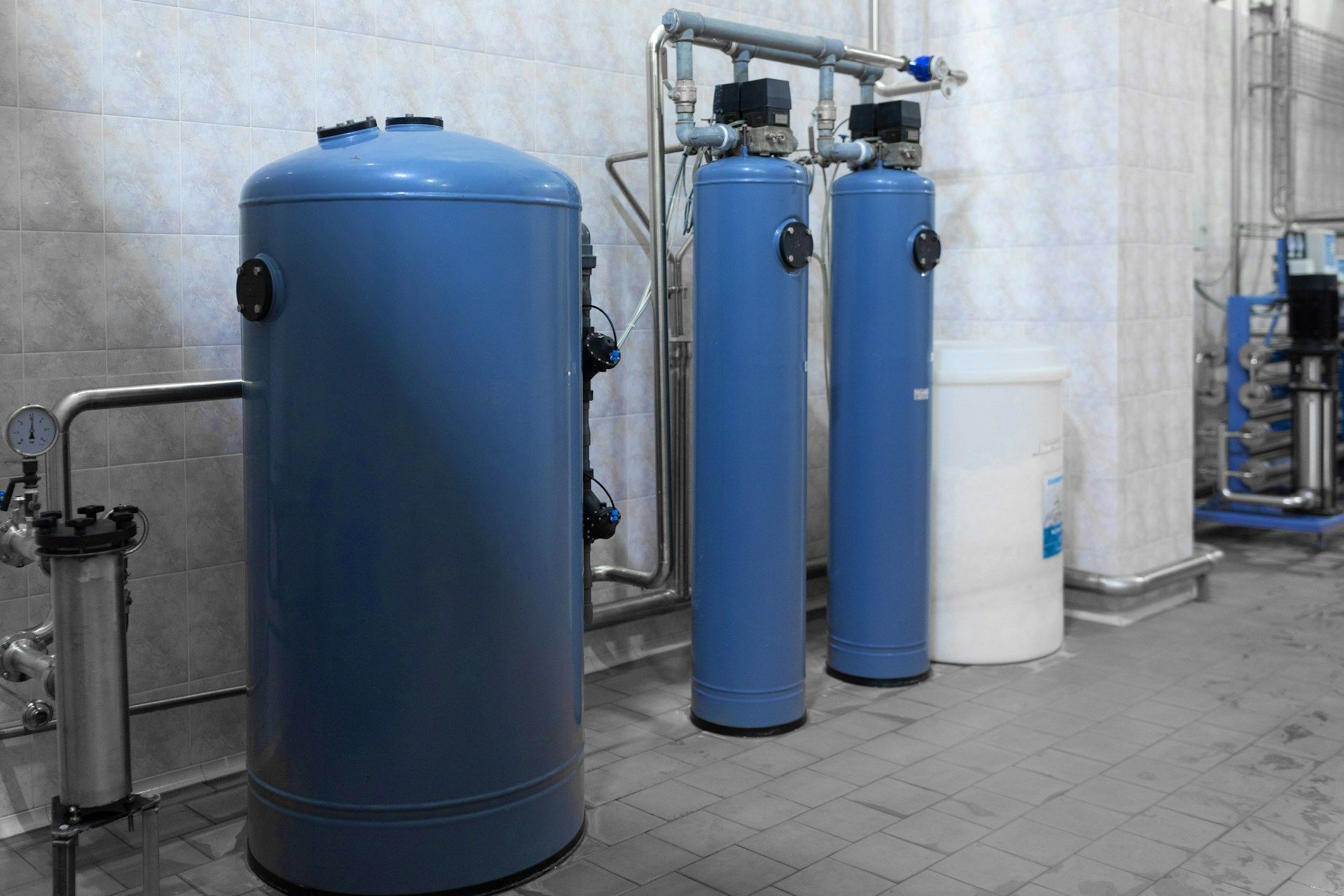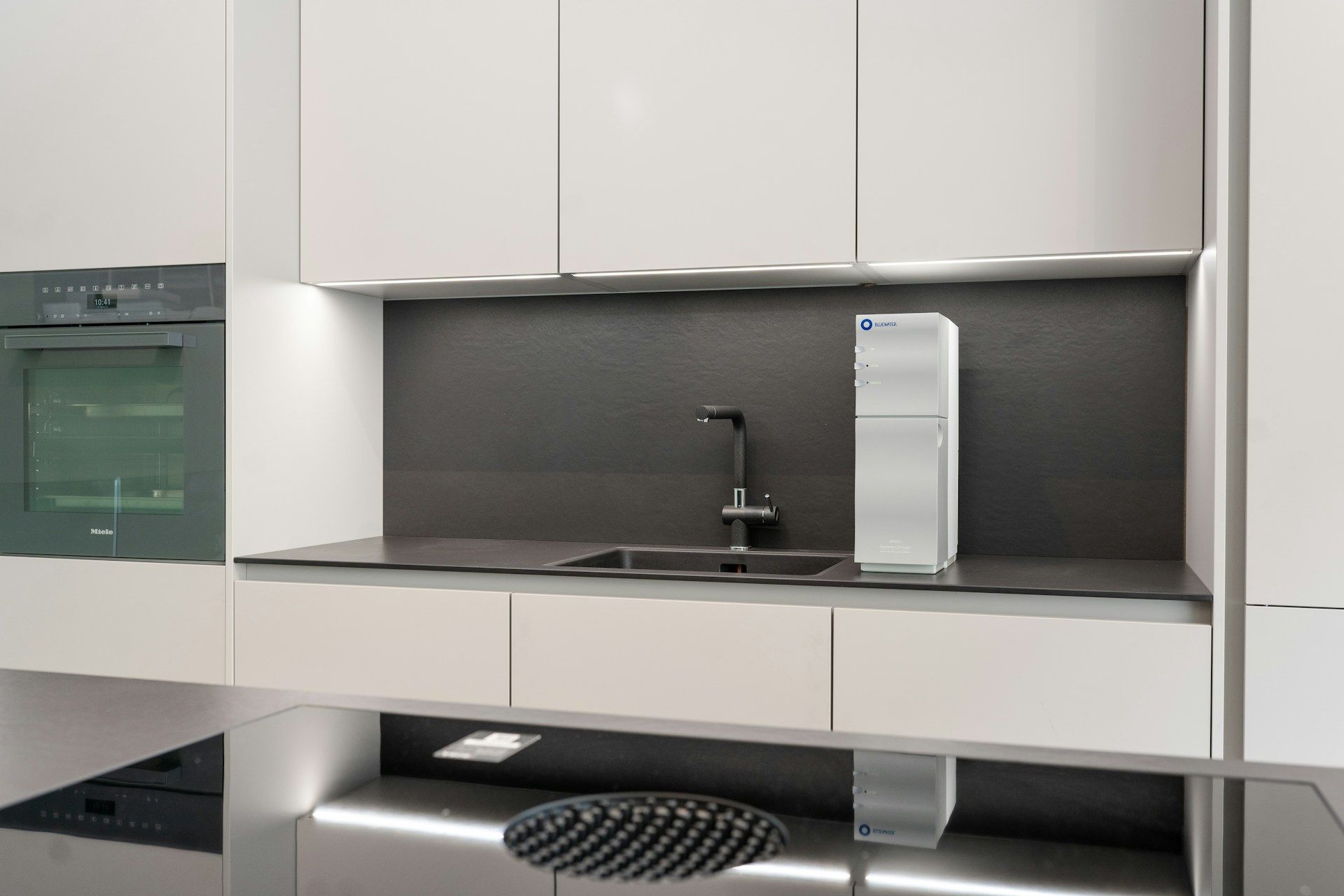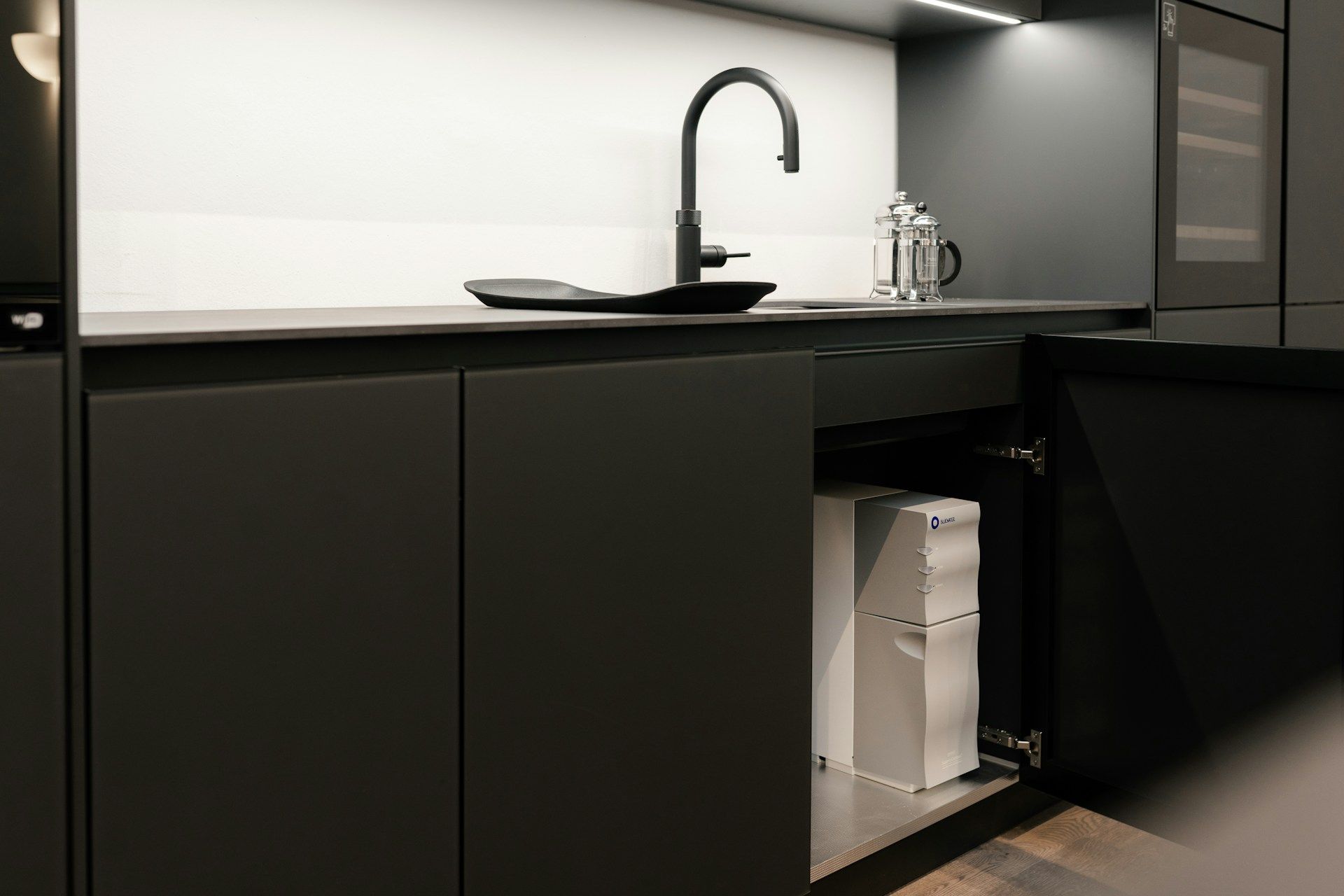How Fall Weather Impacts Water Quality in Wasatch
Fall in Wasatch brings more than a drop in temperature and colorful leaves. As the season changes, so do the ways water flows, gets stored, and behaves across homes and buildings in the area. Some of the differences are subtle, like a shower that smells a little off or tea brewed at the tap that doesn’t taste quite the same. Others are more obvious, such as lower water pressure or residue left in sinks. What many people don’t realize is that these changes are often tied to outdoor conditions and the infrastructure that delivers water into homes.
When October arrives, people in Wasatch start spending more time indoors and pay closer attention to what's coming out of their taps. This is often when questions about water quality begin to surface. Understanding how fall affects local water systems helps keep things running smoothly at home, and it might be a good time to look into water treatment services in Wasatch.
How Seasonal Shifts Change Local Water Conditions
Lower air temperatures impact more than just how we dress or when we turn on the heat. The ground and local water pipes change pace too. Colder weather slows water movement in outdoor lines, especially those close to the surface. Water that rests for longer periods can pick up changes in taste, odor, or clarity before reaching your tap.
Autumn storms can play a role as well. Rain washes leaves, soil, and debris into surface water sources around Wasatch, which can then affect the water that ends up in homes. This extra runoff may not be visible at the faucet, but it does increase the work local treatment systems must do. Sudden early freezes put added strain on outdoor spigots or exposed pipes and can sometimes cause changes in indoor pressure or water quality.
What Falling Leaves and Organic Matter Mean for Water Quality
Leaves pile up quickly in Wasatch, especially in mountain and wooded neighborhoods. As they break down or get swept into storm drains, bits of organic material and sediment can travel into groundwater or small reservoirs. These organic compounds are more likely to show up in local tap water during the fall months, making the water seem cloudy or giving it a different smell and taste.
This is especially noticeable in kitchens or showers, where water is used most often and in higher volumes. That "earthy" flavor or musty scent that appears in the fall is usually nothing drastic, but it serves as a reminder that seasonal changes on the surface can influence the water that flows indoors.
Why Indoor Water Use Increases in Fall—and What That Means
Short days and chilly weather push people indoors. The switch means longer hot showers, more home-cooked meals, and heavier use of appliances. All of this raises demand for dependable, clean water. As hot water use rises, minerals and sediment can collect faster in water heaters or leave marks in sinks and tubs.
Water heaters and other appliances often start to show signs of strain as workloads pick up. Issues like cloudy dishwater, mineral stains, or thinning water pressure can become more apparent. These small signs may seem minor but often point to bigger shifts underway as the season changes.
For many Wasatch homes, fall is a time when water clarity and comfort start to matter more, just as the need for reliable systems increases.
Signs It’s Time to Consider Water Treatment
Wasatch homeowners often notice water changes at the start of fall. Here are some key things that might mean it’s time to look at water treatment or inspection:
- Water turns cloudy or feels gritty, especially first thing in the morning.
- You see buildup left on kitchen or bathroom fixtures after use.
- Showers leave skin feeling dry or water feels “rough.”
- Dishwashers and laundry machines leave behind streaks or deposits.
- Water softeners, filters, or other water equipment have not been checked since last season.
When these signs show up, it's often the house responding to fresh seasonal changes. The stress on systems is up, and water quality can shift quickly with weather swings.
Water Science provides water testing and treatment services in Wasatch, including water softener checks, reverse osmosis system care, and whole-home filtration system support. Their technicians are familiar with the unique seasonal and mineral challenges that show up in local Utah water during fall and winter.
Better Water Starts with Paying Attention This Fall
Fall is a good time to notice how your water feels and looks around the house. Simple clues, like cloudy running water or extra noise from water heaters, are worth paying attention to as outside temperatures drop. The conditions outdoors in Wasatch do not stay outside—they travel from soil, through pipes, and into kitchens, bathrooms, and more.
If you have spent the past few weeks ramping up indoor activities, running appliances more often, or using your tap water in new ways, now may be the time to give your water some extra thought. Recognizing these early signs of change can help you stay ahead of problems, easing the transition into colder months and keeping your home running more smoothly deep into winter.
If your home in Wasatch has started showing signs of cloudy water, strange odors, or extra wear on appliances, now’s a good time to have it checked. As fall weather rolls in, small changes in water quality often turn into bigger problems when winter hits. At Water Science, we know how local conditions affect indoor systems, especially as usage shifts with the season. If you're noticing anything off, don’t wait to talk through your options for reliable water treatment services in Wasatch. Give us a call to set up a time to talk about what your water might be telling you.

